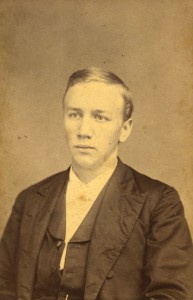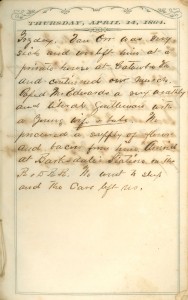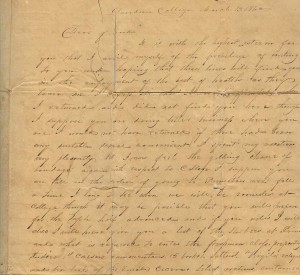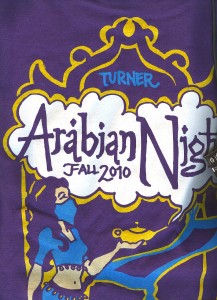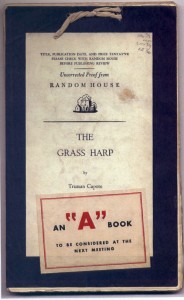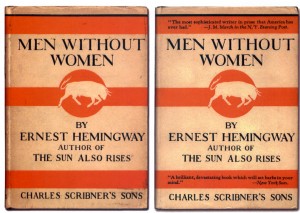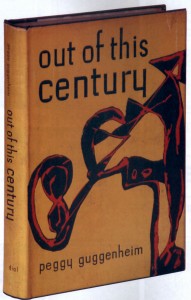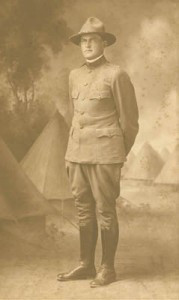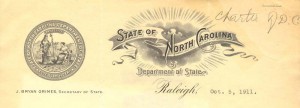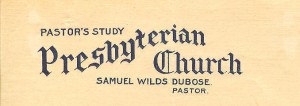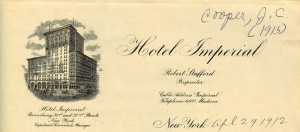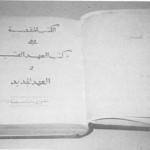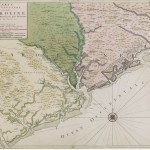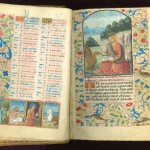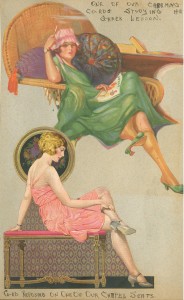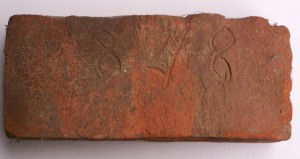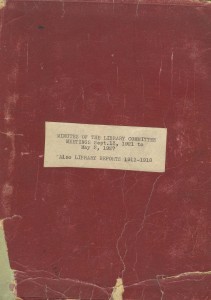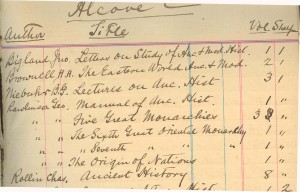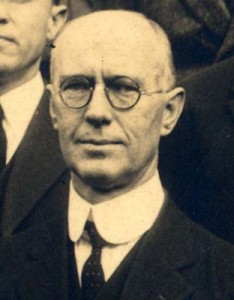This semester 13 students in a writing class took on transcribing and annotating letters written by their peers 90 to 150 years ago.
They found that some things haven’t changed much — like having to study hard and planning to catch up on sleep at home during breaks. Henry Fries, class of 1878 wrote the following to his mother on December 13, 1874:
I made a resolution when I came here that I would not study on Sunday, & have held to this resolution a little better than my promise about sleeping, for during the past week or so I have gone beyond my bounds. I expect this week I will have to study harder than ever, (this week) but will take good care of my health and rest sufficiently after I get home. (Full letter with annotations)
Other students discovered some adventures that they might not want to share, such as the student riot and break up of the campus found in the letter James McCombs, class of 1858 wrote home in 1855:
I have been going to Davidson Colege for the last three months and come home to spend the Cristmas and started back yesterday and got as far as Charlottie and met the students coming away Davidson is broken up evry student has left but two or three. The Faculty has showed injustis. they suspended one student of suspition (Full letter with annotations)
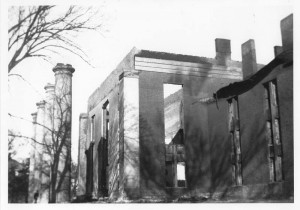
Remains of the Chambers building. McGeachy wrote that “People saw the glow from the fire in Concord, Charlotte and Winston-Salem.”
Or the fire that destroyed the original Chambers building in 1921:
I have written all this under the assumption that you know Chambers burned this morning at five o’clock. Most of the walls and the pillars are standing but it is certainly gastly looking with the red glow from the fire still showing. I am going to stay with Miss Sally I think. I never saw such a magnificent awe inspiring heart rending sight in all my life and never hope to again. People saw the glow from the fire in Concord, Charlotte and Winston-Salem.
I still have on my pajamas for underwear. Classes begin again tomorrow. More foolish things happened. One boy saw a watch on a dresser, put it in the [portion of letter missing] and threw the whole thing out the window and rescued a scuttle of coal and carried it down [the?] steps. (Full letter with annotations)
The wonderful research that the 21st century students did has been added to our College Letters digital collections (look for letters that say annotated to read their work or click on their names below). If you’d like to try your hand at deciphering 19th century handwriting and finding out more about student life, we have a new transcription project for student letters.
We’re also always interested in acquiring more letters, scrapbooks, photographs, and artifacts from previous generations of students. If you have letters or your parents or grandparents’ letters from their Davidson days, the archives would be happy to give them a new home or scan them — and have them ready for another class project.
With gratitude and thanks to Jessica Albano, Emily Covert, Patrick Devlin, Michael Ding, Max Feinstein, Will Gale, Matt Jordan, Joscar Matos, Phoebe Parrish, Keri Register, Hannah Sachs, Max Schimanski, Carson Stack and Professor Shireen Campbell for all the work and fun of this project.
